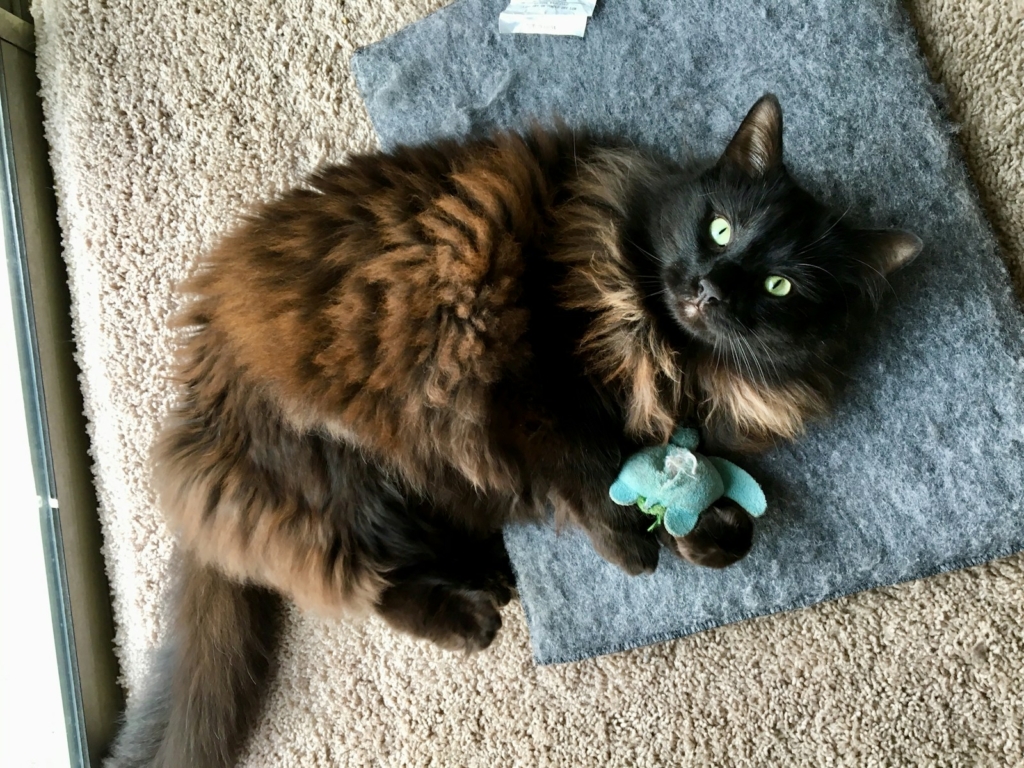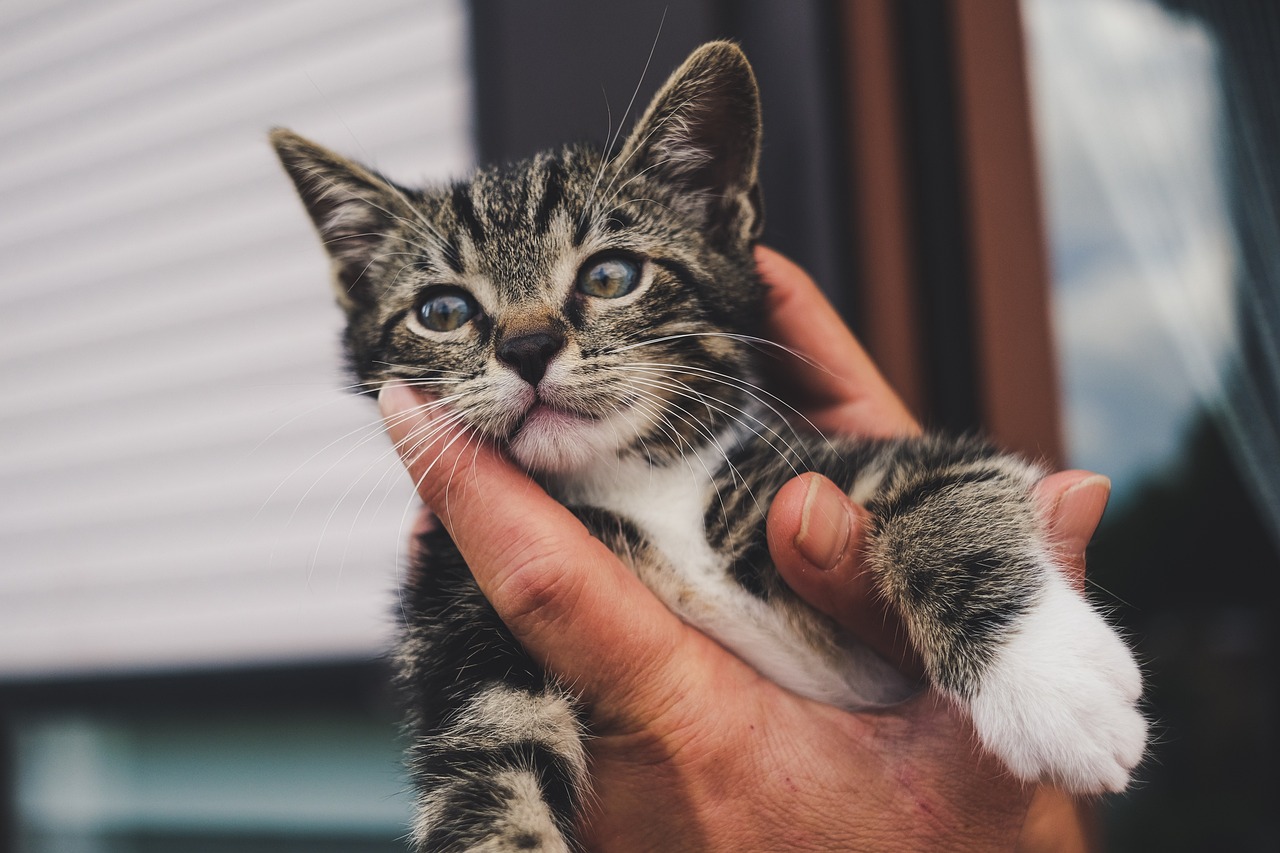Wet vs. Dry Cat Food: What’s Best for Your Feline Friend?
Choosing between wet and dry cat food isn’t just about preference—it involves considering your cat’s health, hydration needs, and your lifestyle. Here’s a detailed look at what each type of food brings to your cat’s bowl.
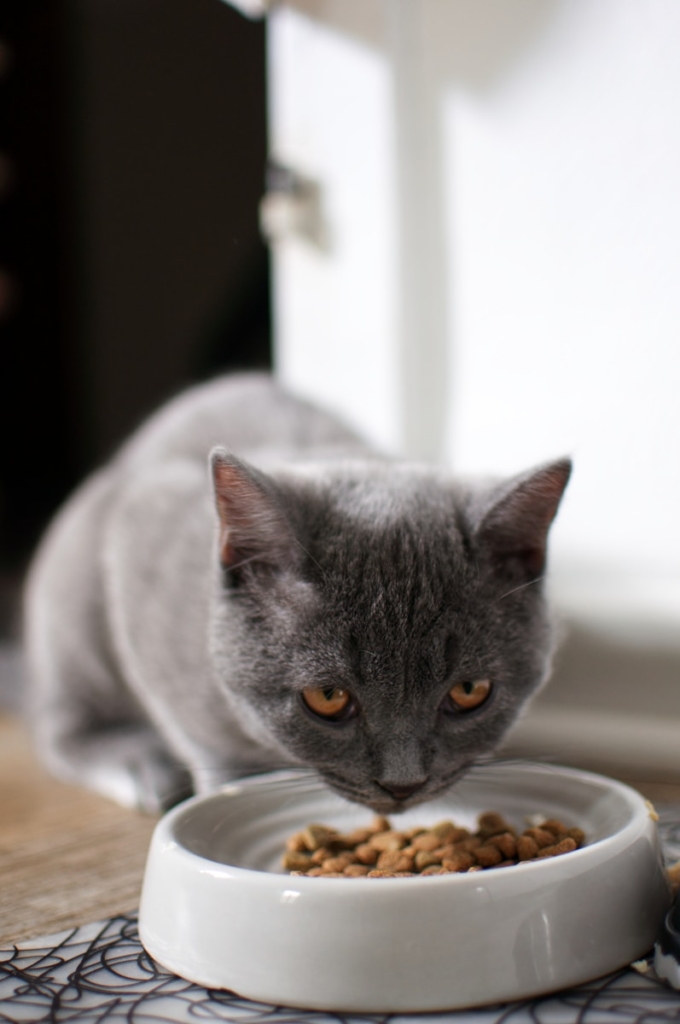
How They’re Made
Wet cat food keeps things natural, retaining the moisture of its ingredients. It’s gently cooked and sealed in cans, preserving nutrients and warding off bacteria. Dry cat food takes a different path—it’s cooked under extreme heat and pressure, then dried and coated with fats to enhance flavor and longevity, making it a convenient shelf-stable option.
Hydration: The Key Difference
The standout feature of wet food is its moisture content. Cats naturally have a low thirst drive and may not drink enough water, especially if fed exclusively dry food. This can lead to dehydration and urinary tract issues. Wet food compensates by providing much-needed hydration directly through their diet, supporting overall urinary and kidney health.
“Ensuring your cat is hydrated can be tough on a dry food diet.”
Nutrient Profile: What’s Inside Matters
Both wet and dry cat foods can meet your pet’s nutritional requirements but differ in nutrient balance. Wet food is typically richer in protein and fats, echoing a cat’s natural carnivorous diet. Dry food, while convenient, often has higher carbohydrate content and is fortified with vitamins and minerals, which can aid in dental health and digestion.
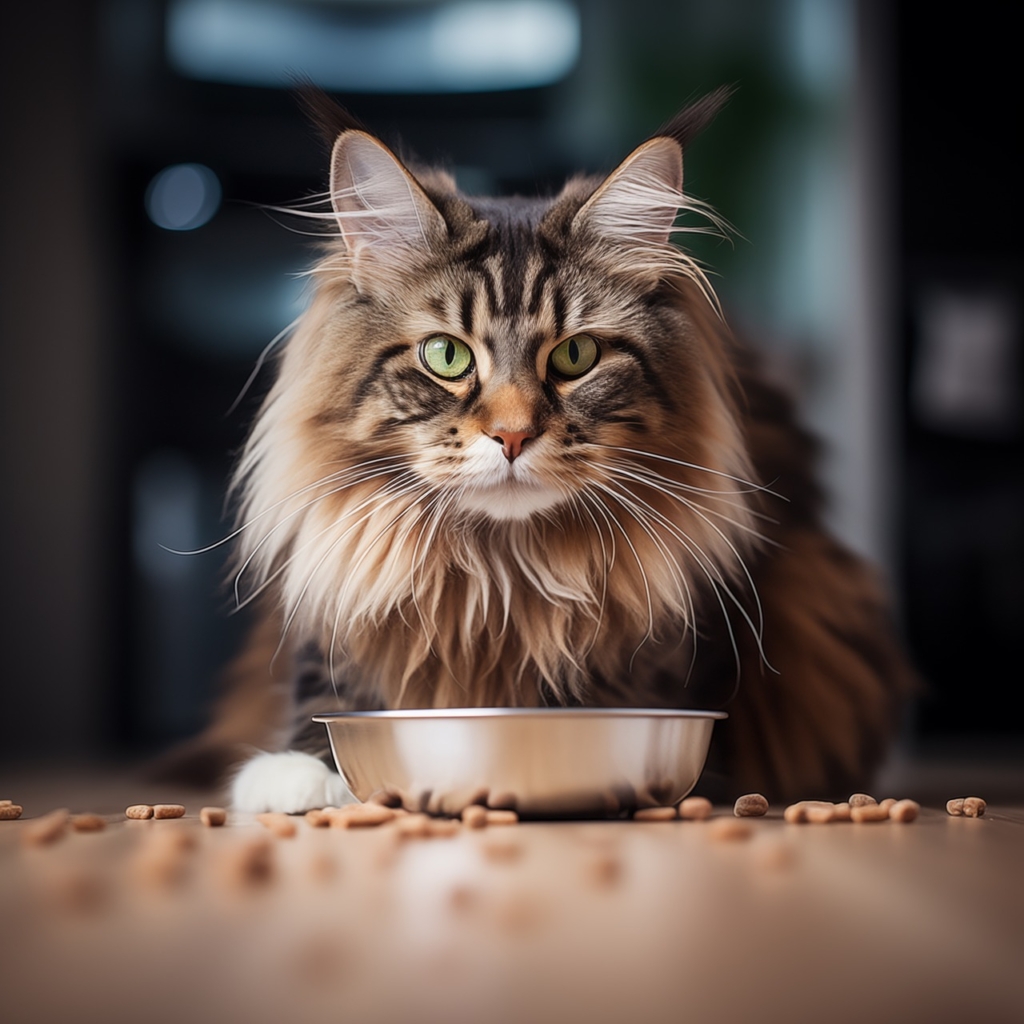
Texture and Taste: What Cats Prefer
Food texture can greatly influence a cat’s willingness to eat. Many cats favor the softer, more palatable texture of wet food, which is also easier for kittens and seniors to manage. Dry food’s crunchiness helps clean teeth by scraping away tartar, promoting better dental health.
Ultimately, the choice between wet and dry food should consider factors such as your cat’s age, health condition, and dietary preferences, as well as your own convenience and budget.
Choosing the Right Food for Your Cat: Wet, Dry, or Both?
The best choice for your cat depends on various factors, including their health, age, and your daily routine.
Life Stage Considerations
Here’s how different foods benefit cats at various life stages:
| Life Stage | Wet Food Benefits | Dry Food Benefits |
|---|---|---|
| Kittens | Hydration is vital for growth, easy to consume, high in necessary proteins. | Good for dental health development, allows for all-day nibbling. |
| Adult Cats | Excellent for ongoing hydration and maintaining weight with high protein and fats. | Cost-effective, convenient for busy pet owners, promotes oral health. |
| Senior Cats | Easy on the teeth, helps keep older cats hydrated, supports organ health. | Dry food can be mixed with wet to provide texture variety and dental benefits. |
Health Considerations
Specific health issues might dictate the type of food your cat should eat. For instance, cats prone to kidney and urinary tract diseases benefit from the moisture in wet food. Overweight cats might benefit from the fiber and controlled calories in dry food.
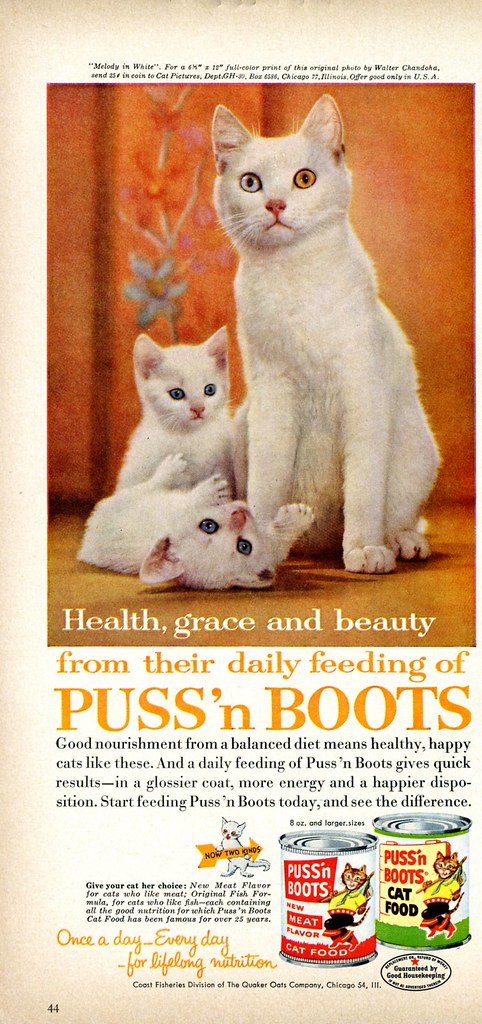
Considering Your Lifestyle and Budget
Dry food is less expensive, lasts longer, and is less messy, making it ideal for free-feeding. Wet food, while more costly, offers higher quality ingredients and hydration benefits that can save on healthcare costs.
Cater to Their Tastes
Cats can be particular eaters. It’s vital to observe their eating habits and preferences when introducing new foods, ensuring they not only get the nutrition they need but enjoy what they eat.
Ultimately, the best diet for your cat might include wet and dry foods, providing a balanced mix of nutrients, textures, and flavors. Adjusting the proportions as your cat ages or their health needs change is important for maintaining their health and happiness.
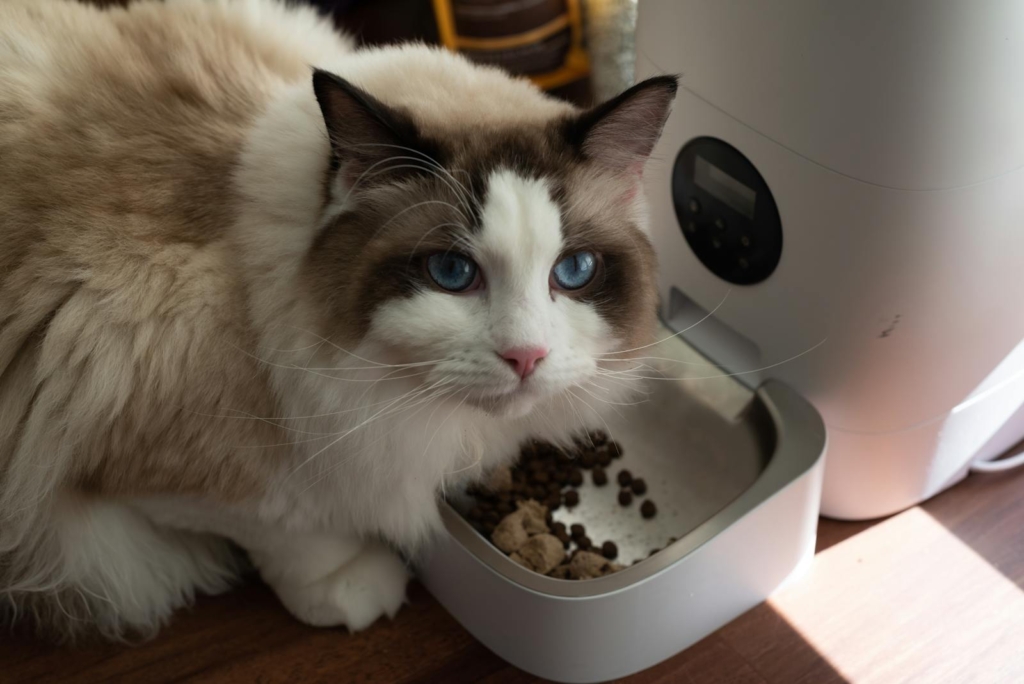
How to Smoothly Transition Between Dry and Wet Cat Food
Switching your cat’s food type should be a gradual process to avoid digestive upset and help them adjust to new tastes and textures.
Begin by mixing a small amount of the new food with the old, slowly increasing the proportion of the new while decreasing the old over about a week. This familiarizes them with the new food without shocking their system.
If your cat initially rejects the new option, try warming wet food to enhance its smell or adding a bit of tuna water to make it more enticing. Always monitor for signs of digestive distress like vomiting or diarrhea, and consult your vet if issues persist.
Variety is key to a balanced diet—experimenting with different brands and flavors can help you discover what your cat prefers, making meals something they look forward to.
Combining feeding with interactive play can also enrich their eating experience, mimicking the natural hunt-eat-rest cycle and making mealtime fun and fulfilling.
